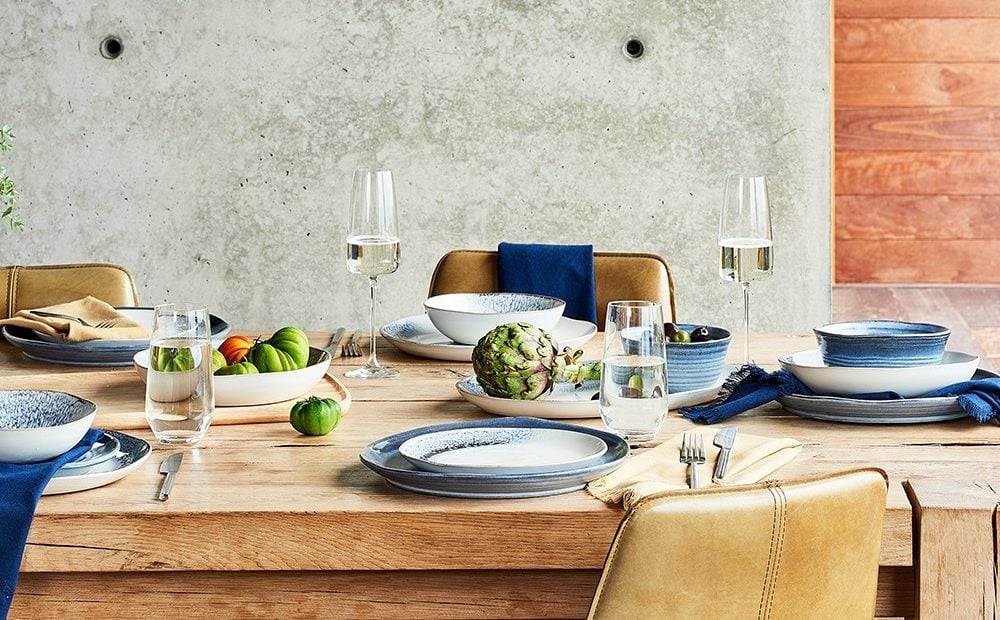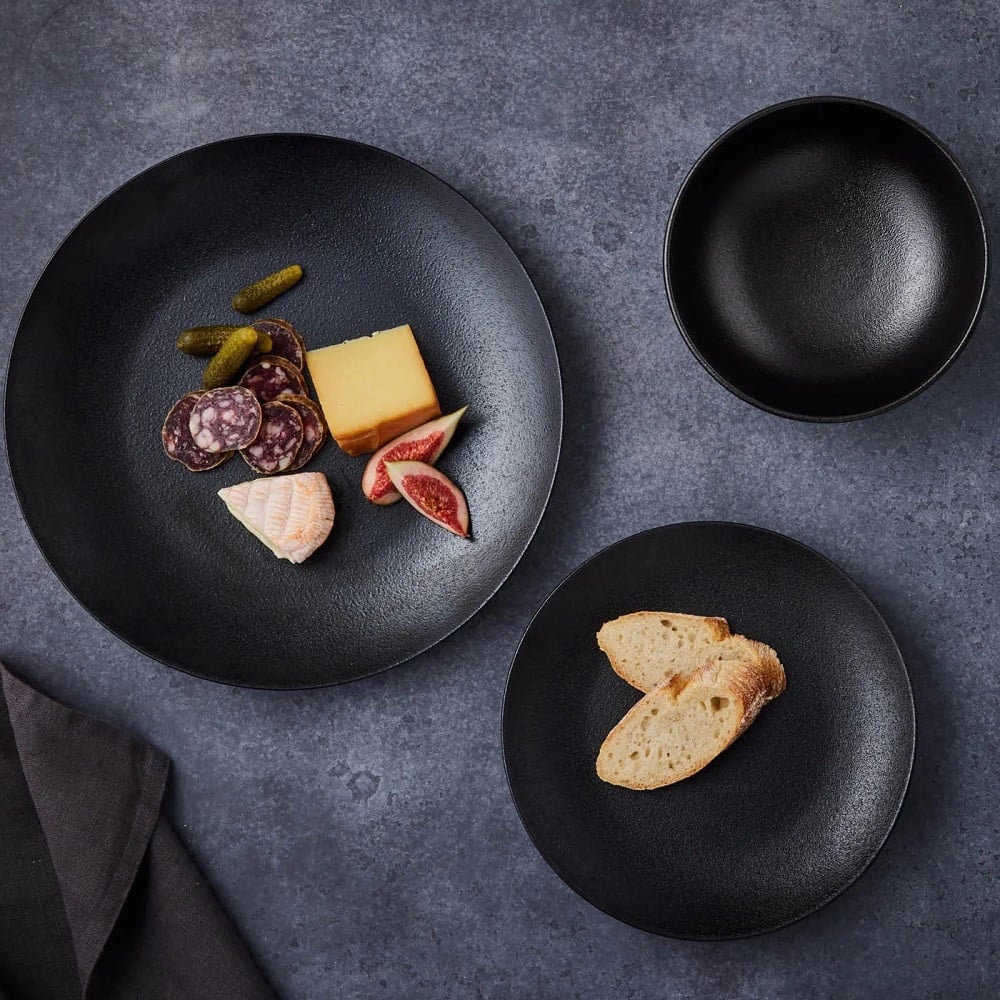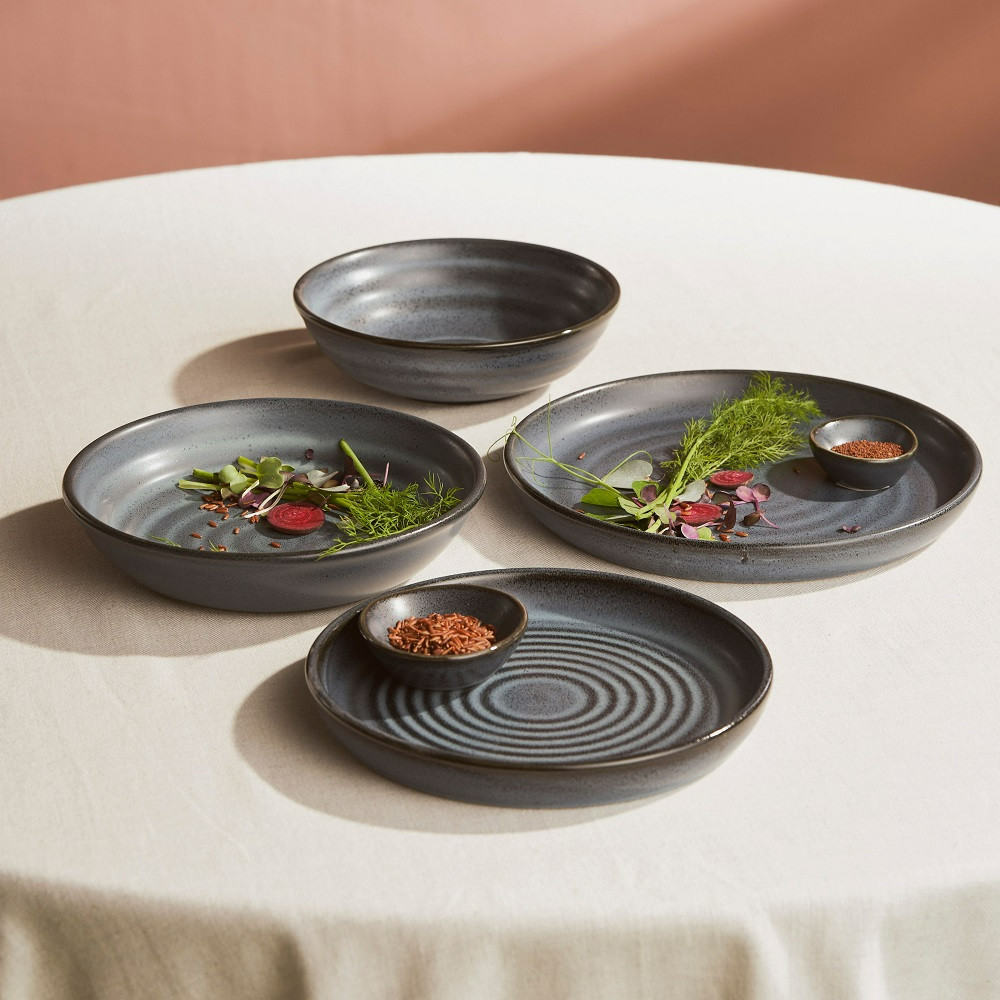
When it comes to setting the table for dinner, one of the most fundamental choices you'll make is selecting the right dinner plates. While this may seem like a simple decision, there's more to it than meets the eye. Dinner plates come in an array of sizes, and choosing the correct size can impact not only the aesthetics of your table setting but also your practicality in terms of storage and cleaning. Let's explore the factors to consider when determining the correct size for your dinner plates and delve into the differences between materials like porcelain, stoneware, and ceramic.
Plate Sizes and Practicality
One of the first things to consider when selecting the size of your dinner plates is your dishwasher's capacity. Choosing plates that fit comfortably in your dishwasher is essential unless you plan to hand wash your dishes every night. Dishwashers can vary in size, and some newer models may not accommodate larger plates. For instance, while a 27cm plate is common in many parts of the world, some dishwashers may be designed to comfortably fit a 26cm plate. Therefore, measuring the interior and checking the specifications before purchasing your dinner plates is a good idea if you have a dishwasher.
Standard Plate Sizes
Traditionally, a standard dinner plate has a diameter of around 10 inches or 25cm. This size has been a staple in households for years, providing ample space for a well-balanced meal. However, plates can come in various sizes, ranging from smaller side plates to larger chargers. If you prefer a more generous portion or have a penchant for elaborate plating, you might opt for larger plates ranging from 28cm to 12 30cm in diameter. In Australia, 27cm plates have become particularly popular, with brands like Maxwell & Williams and Ecology offering this size as a standard option.
Porcelain vs. Stoneware vs. Ceramic Plates
The most popular materials for dinner plates are porcelain, stoneware, and ceramic; each material offers its characteristics, making it essential to consider your specific needs and preferences.
Porcelain Plates
Porcelain dinner plates are known for their elegant and refined appearance. They are typically thin and lightweight, which adds an air of sophistication to your dining experience. Porcelain is also prized for its translucent quality, which can create a beautiful effect when held up to the light.
Design Difference: Porcelain plates often feature intricate designs, delicate patterns, or fine detailing. This makes them an excellent choice for formal dining occasions and special events. The smooth, white porcelain surface also provides an elegant canvas for showcasing culinary creations.
Chipping Resistance: While porcelain plates look delicate, they are pretty resistant to chipping. However, it can chip or crack if subjected to rough handling or sudden temperature changes. We recommend choosing high-quality porcelain plates as they are less prone to chipping.
Durability: Porcelain plates, when well-made, can last a long time. They resist stains and retain their bright, white appearance with proper care. To maximise their lifespan, avoid using metal utensils that can scratch the surface.
Stoneware Plates
Stoneware dinner plates have a more rustic and earthy appeal compared to porcelain. They are known for their durability and versatility, making them a popular choice for everyday use.
Design Difference: Stoneware plates often feature-rich, earthy tones and textured finishes. The glazes used in stoneware can create beautiful, unique patterns, giving each plate a distinct look. These plates are perfect for creating a cozy, casual dining atmosphere.
Chipping Resistance: Stoneware plates are generally more chip-resistant than porcelain, thanks to their thicker and more robust construction. They can withstand the occasional bump or mishap without showing signs of wear.
Durability: Stoneware plates are highly durable and can endure the rigours of everyday use. They are microwave and dishwasher-safe, making them practical for busy households.
Ceramic Plates
Ceramic dinner plates fall somewhere between porcelain and stoneware regarding appearance and characteristics. They offer a balance of elegance and durability.
Design Difference: Ceramic plates come in various designs, from simple and contemporary to intricately hand-painted. Their versatility makes them suitable for both casual and formal dining occasions.
Chipping Resistance: Ceramic plates are moderately resistant to chipping. While they may not be as durable as stoneware, they can withstand normal wear and tear.
Durability: Ceramic plates are generally durable and can withstand the demands of everyday use. Like stoneware, they are microwave and dishwasher-safe, making them convenient for daily meals.
Next Read: How is cooking in a wok different?


